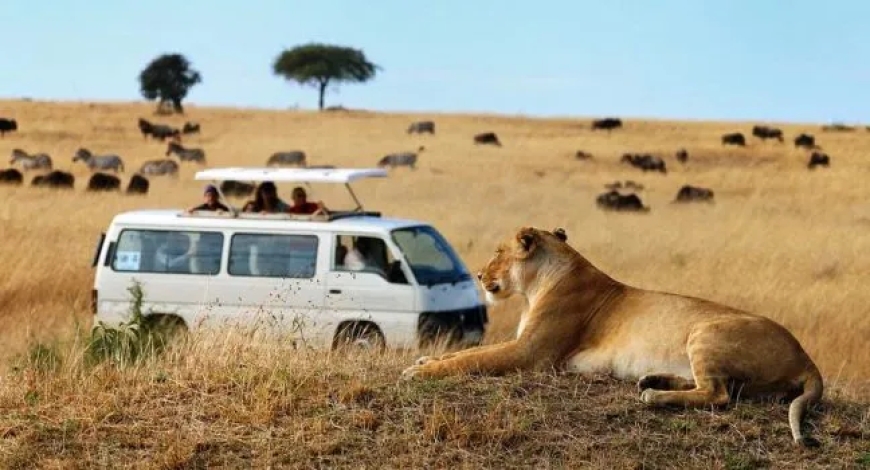What Time of Year is The Best to Go On a Safari in Kenya?
Depending on what you choose to do, your Kenya Safaris tour itinerary, and your tolerance for climate adjustments, the best time for you to visit may vary. Let's analyze it so you'll have a smart choice during your visit.

If you're travelling to Kenya for a safari vacation, one query you're likely to have is: When is the best time to go? Kenya is a wonderful place to visit whenever you do, but each season is something that's just a little bit different.
Depending on what you choose to do, your Kenya Safaris tour itinerary, and your tolerance for climate adjustments, the best time for you to visit may vary. Let's analyze it so you'll have a smart choice during your visit.
The Dry Season (July to October)
If seeing the great game is the main concern, the dry season, July through October, is guaranteed. It is high season for the Great Migration when massive wildebeest and zebra herds migrate into the Masai Mara from the Serengeti. Hyenas, lions, and cheetahs trail behind wildebeest and are therefore guaranteed action.
Because there's less water around, animals tend to gather near rivers and watering holes. That makes them easier to find and photograph. The weather during this time is also pleasant, with warm days, cooler nights, and minimal rain.
But this season also brings more visitors. Many people book their Luxury Kenya Safaris during these months, so accommodations fill up quickly. If youre going in this window, try to plan well ahead.
The Short Dry Season (Jan to Feb)
Another perfect window to go on a Kenyan safari is between January and February. This follows the short rains of November and December. There is still lush grass, blue skies, and excellent game viewing.
You might not notice the migration, but youll always find elephants, giraffes, leopards, and a type of bird species. Its also a famous period for Kenya Safaris, with photographers and birdwatchers, as numerous migrating birds are present.
The bonus? Its a slightly smaller and more crowded space than the JulyOctober stretch, and the general experience feels more comfy.
The Short Rainy Season (November to December)
Short rains safari is not a complete washout during your safari. The rains will most likely fall in the afternoon or at night, and only for a brief period. Practically, this time can be highly rewarding.
There are fewer crowds in the parks, and wildlife is giving birth during these months. Baby animals are having a breathtaking effect. If you can manage without nature with the crowds of high-season tourists, November or early December could be the answer.
The Long Rainy Season (March to May)
It is also regarded as Kenya's safari off-season. It has very heavy rains, which render travel on some roads difficult and cause delays in journeys. Some of the lodges and camps shut down during this time.
But you can get a bit dirty if you don't mind, and there are benefits. The grass is enormous in green, and the air is fresh. Fewer tourists go through the parks, so it's a less stressful experience. It's also less expensive at this time.
It's maybe not best for an initial visitor to come, but regular visitors do appreciate the look and serenity of this time.
Conclusion
Kenya provides fantastic safari experiences throughout the year. If it is traditional creature experience without a whimper of overcrowding, then July to October is ideal. Fewer people and greener landscapes everywhere? Plan for January, February, or even November, then.
Every season is stunning, and the peak season just works in your favour regarding your very specific travelling goals.
For expertly crafted Luxury Kenya Safaris tailored to your ideal time and preference, travel with Cheetah Safaris. With years of insider experience, they know exactly how to make each safari an experience to remember, regardless of season.



















